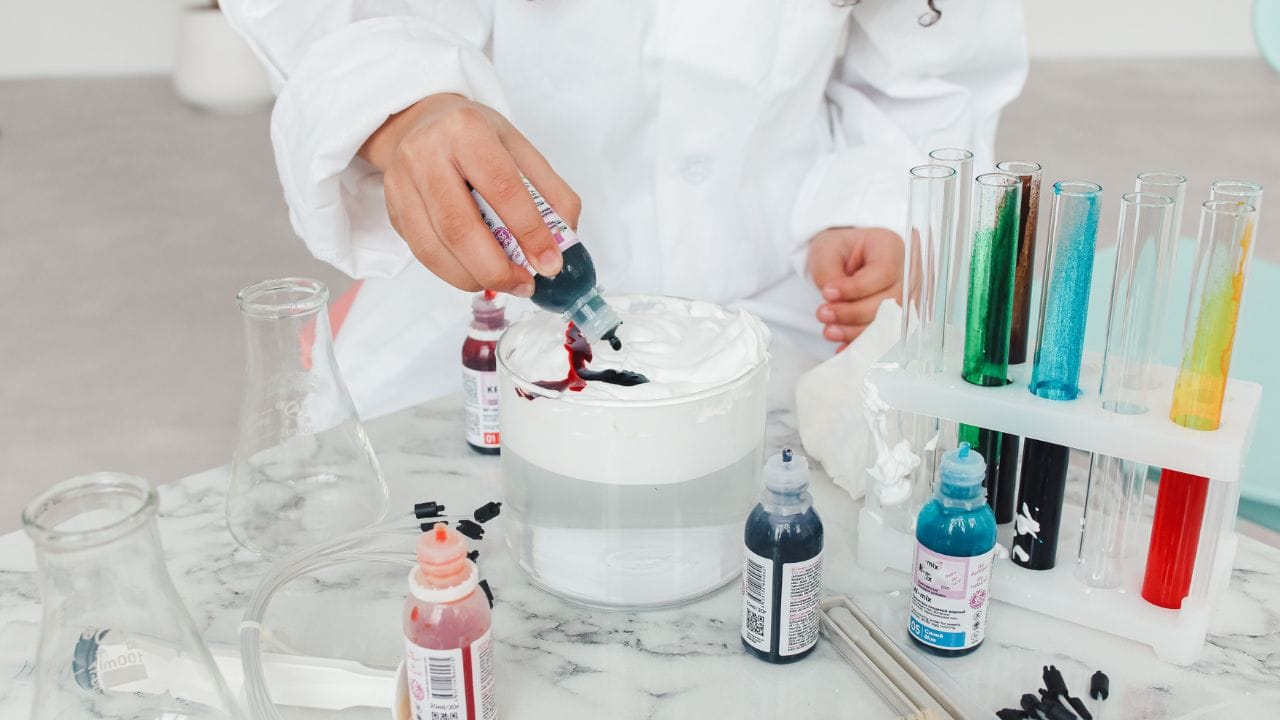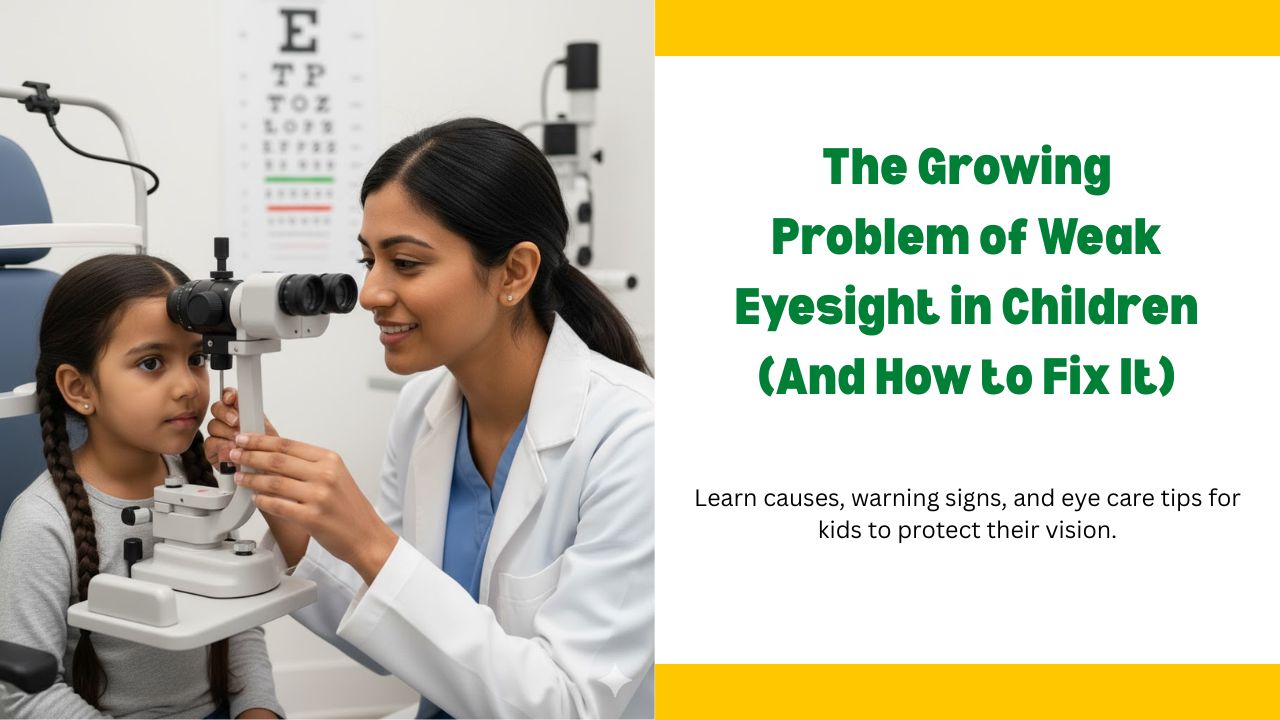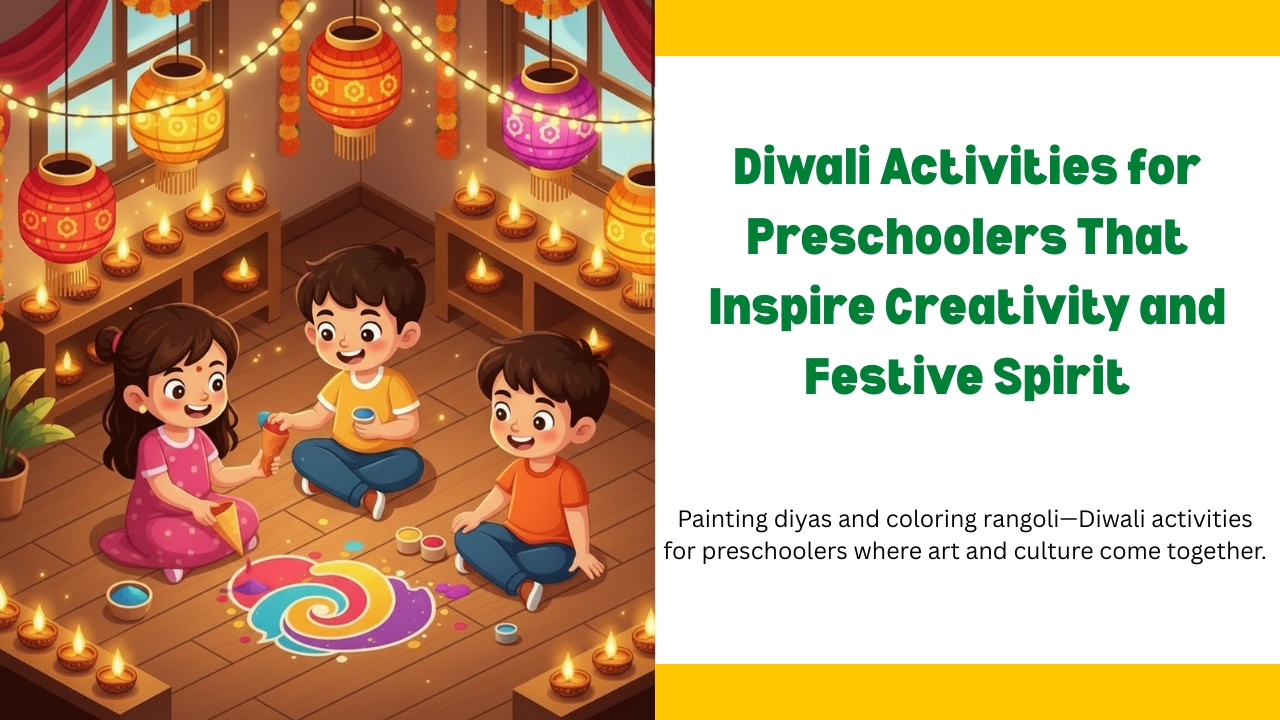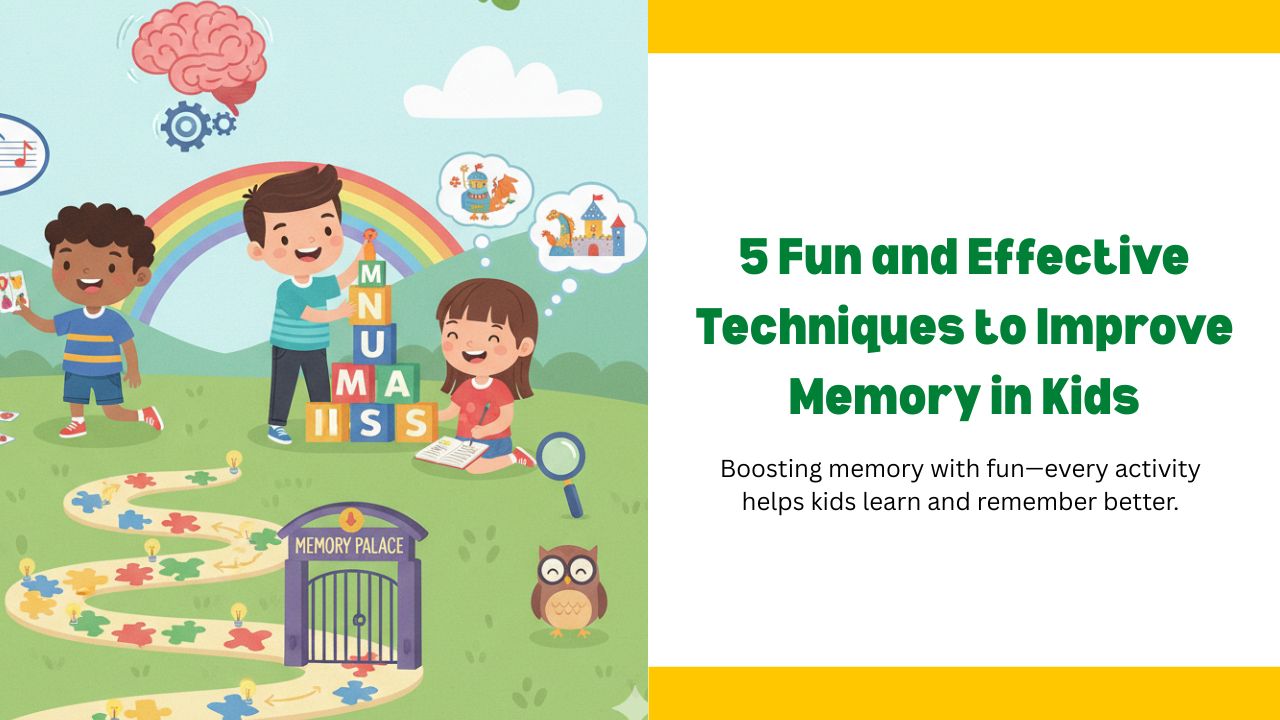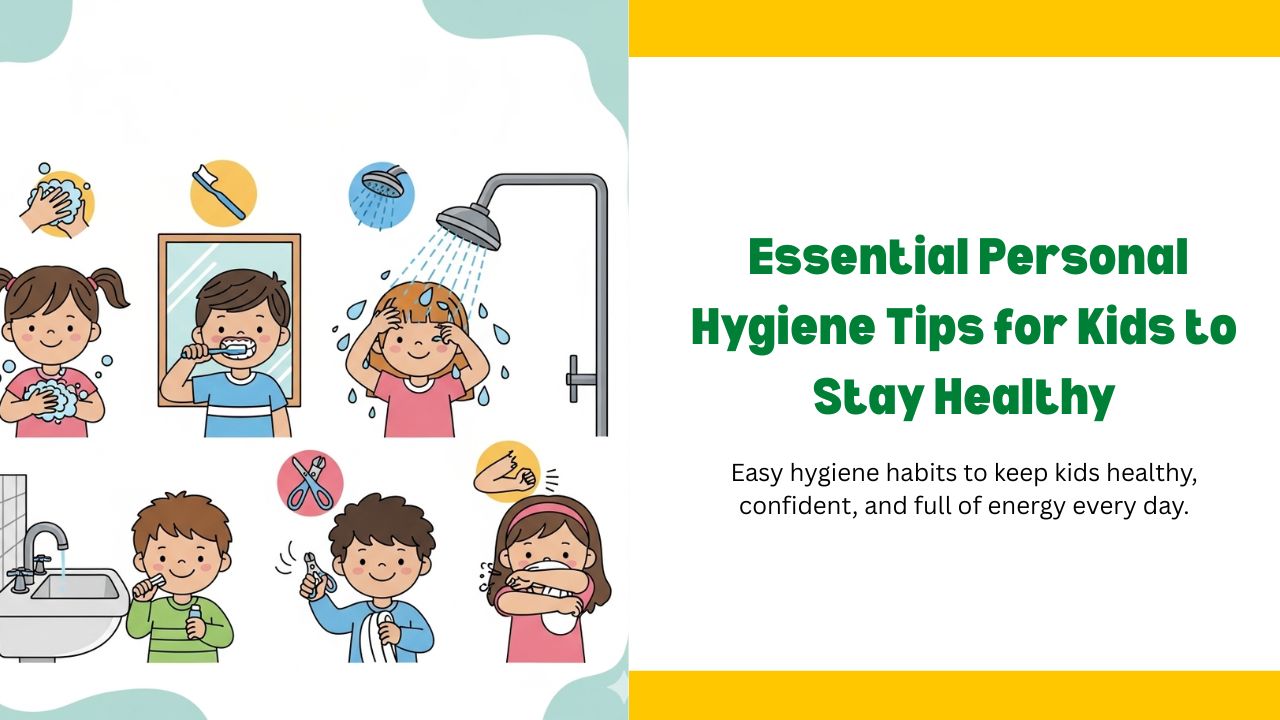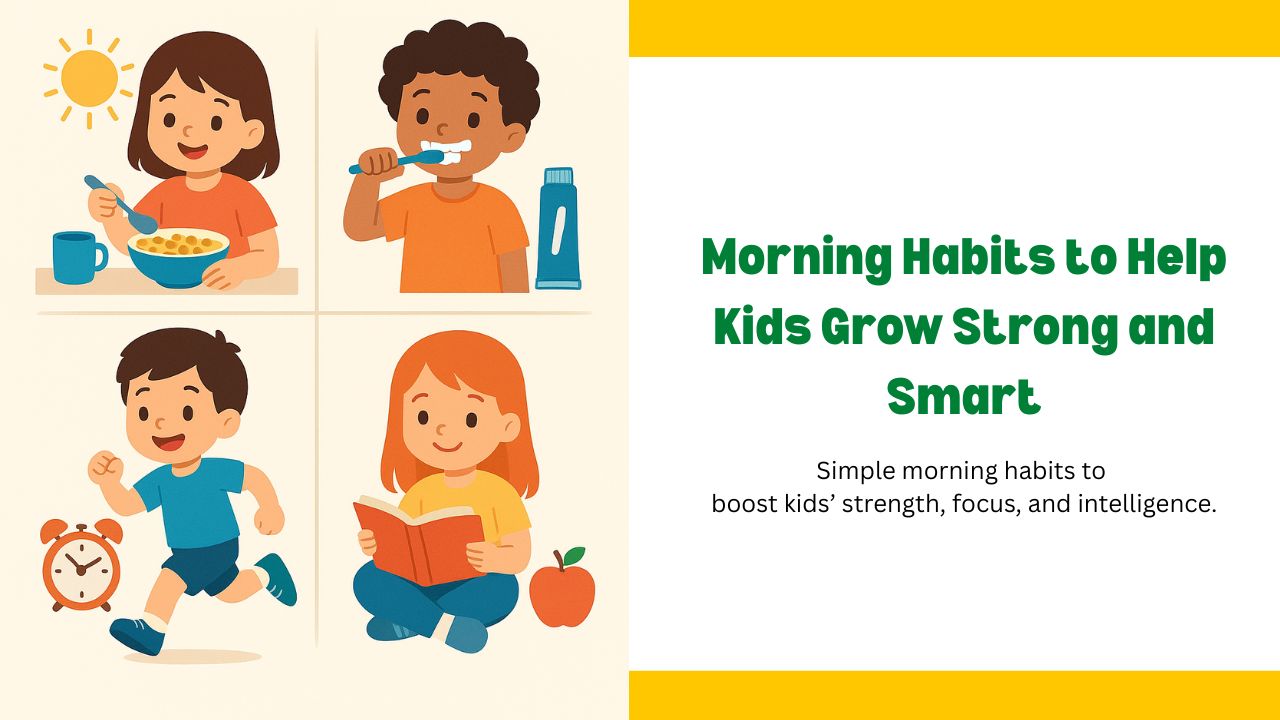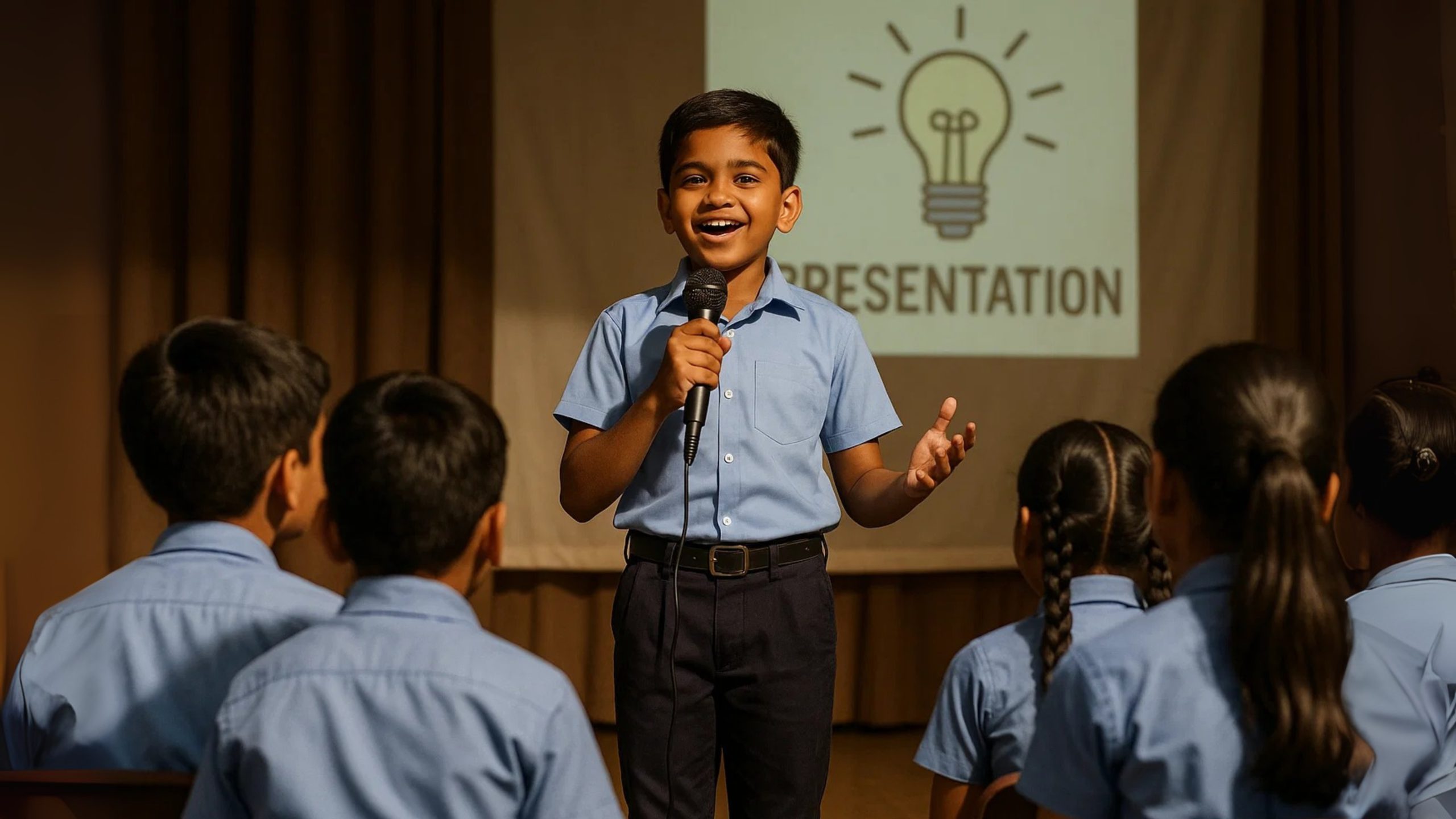Engaging Science Experiments for Kids
Kids are natural scientists, constantly observing the world around them, asking questions, and experimenting with their environment. Introducing science activities for children can foster this curiosity, making learning an exciting and engaging process ot only does it spark a love for science, but it also builds foundational skills in observation, reasoning, and problem-solving that are crucial for early learning.
In this blog, we will explore some simple yet fun science experiments that you can easily do with your little ones at home or in a school setting. These activities are not only entertaining but also educational, promoting hands-on learning that makes science approachable and enjoyable for young children.
The Importance of Science in Early Learning
Before we dive into the experiments, it’s important to understand why science education is valuable in early childhood. At a young age, children’s brains are like sponges, soaking up information from their surroundings. Science activities for kids provide the perfect platform for exploration and learning through hands-on experiences.
Through experiments, children learn to observe, predict outcomes, and discuss their results, laying the groundwork for critical thinking skills. These activities also foster a sense of curiosity and creativity, encouraging children to ask “why” and “how,” which are essential for developing inquiry-based learning approaches in later stages.
Moreover, early exposure to science builds confidence in young learners, helping them approach more complex concepts in their later schooling with enthusiasm and interest. Incorporating science into early learning can help create future scientists, engineers, and innovators—who start their journey by simply mixing colors or observing the behavior of objects in water.
Engaging Science Experiments for Kids
Here are some fun and easy science experiments that are perfect for kids:
1. Magic Milk Experiment
What you need:
- A shallow dish
- Milk
- Food coloring
- Dish soap
- Cotton swabs
Instructions:
Pour a layer of milk into the shallow dish. Add a few drops of different food coloring to the milk. Then, dip a cotton swab into dish soap and touch it to the milk. Watch as the colors swirl and dance!
What’s happening?
The soap breaks the surface tension of the milk, causing the food coloring to spread out in a magical, swirling motion. This experiment is a great way for kids to see how different substances interact with each other.
2. Balloon Rocket Experiment
What you need:
- A balloon
- A long piece of string
- A straw
- Tape
Instructions:
Thread the string through the straw and tie the string between two chairs or another sturdy setup. Blow up the balloon but don’t tie it off. Tape the balloon to the straw, then release it and watch as the balloon zooms along the string like a rocket!
What’s happening?
The air escaping from the balloon propels it forward, demonstrating Newton’s third law of motion: For every action, there is an equal and opposite reaction. This is a fun and exciting way for kids to learn about forces and motion.
3. Baking Soda and Vinegar Volcano
What you need:
- A plastic cup
- Baking soda
- Vinegar
- Red food coloring (optional)
- A tray to catch the mess
Instructions:
Place the plastic cup on the tray and fill it halfway with baking soda. Add a few drops of red food coloring to simulate lava. When ready, pour vinegar into the cup and watch the fizzy eruption!
What’s happening?
When baking soda (a base) and vinegar (an acid) mix, they create a chemical reaction that releases carbon dioxide gas, causing the eruption. This experiment is a favorite among children and a great introduction to the concept of chemical reactions.

4. Sink or Float Experiment
What you need:
- A large bowl of water
- Various small objects (such as a spoon, a coin, a leaf, a rubber ball, etc.)
Instructions:
Ask your child to predict which items will sink and which will float. Then, let them drop the objects into the water one by one to see what happens. Encourage them to talk about why they think certain objects floated or sank.
What’s happening?
This experiment introduces kids to the concept of buoyancy and density. They’ll begin to understand that lighter objects (or objects with air inside them) float, while heavier or denser objects sink.
5. Rainbow Walking Water Experiment
What you need:
- 5 clear cups
- Paper towels
- Food coloring (red, yellow, blue)
- Water
Instructions:
Fill three of the cups with water and add red, yellow, and blue food coloring to each. Place the empty cups in between the colored cups. Then, fold paper towels and place one end in a cup with water and the other end in an empty cup. Watch as the water “walks” up the paper towel and mixes with the water in the empty cups, creating new colors!
What’s happening?
Capillary action causes the water to move up the paper towels, demonstrating how water can travel through materials. This experiment also introduces color mixing, which is always exciting for children.
Tips for Parents and Educators
- Keep it simple. Kids don’t need complex explanations. Focus on letting them observe and describe what they see.
- Encourage curiosity. Let your child ask questions and come up with their own theories about why things happen.
- Make it fun. Early learning should always be enjoyable. Celebrate their discoveries, no matter how small.
The Value of a Strong Early Childhood Education
While these at-home science activities for kids are fun and educational, structured early learning programs provide even more opportunities for growth. At Laureate High School, our curriculum is designed to nurture young minds through engaging, hands-on experiences that go beyond just science. We foster a love for learning in all subjects, from math to reading, ensuring your child develops the essential skills needed for future success.
If you’re looking for a school that values exploration, creativity, and academic excellence, consider enrolling your child at Laureate High School. Our experienced educators are committed to providing a stimulating and supportive environment where your little Einstein can thrive.
Ready to unlock your child’s potential? Visit Laureate High School today to learn more about our early learning programs and schedule a visit
By incorporating science activities into your child’s daily routine, you’re helping to build a solid foundation for lifelong learning. Whether it’s mixing colors or making objects float, these early experiences make science fun and accessible, setting the stage for future scientific exploration!
Follow Us On Instagram:-@laureatehighschool

